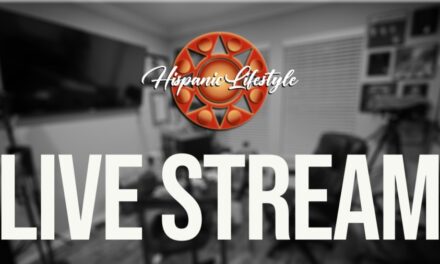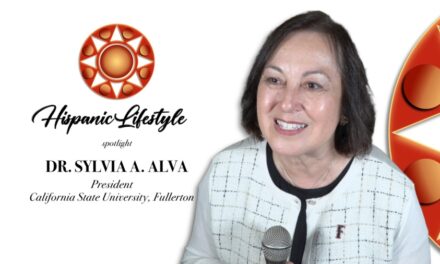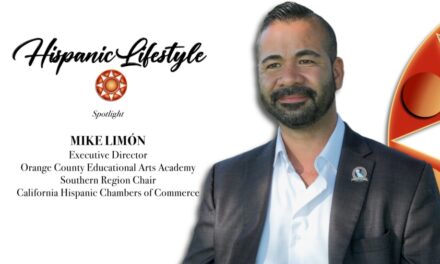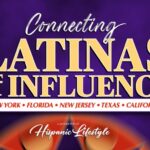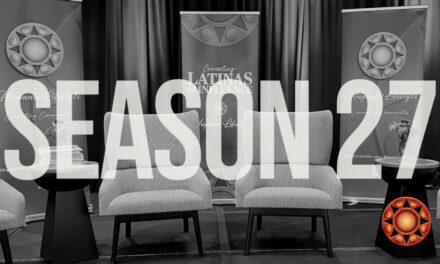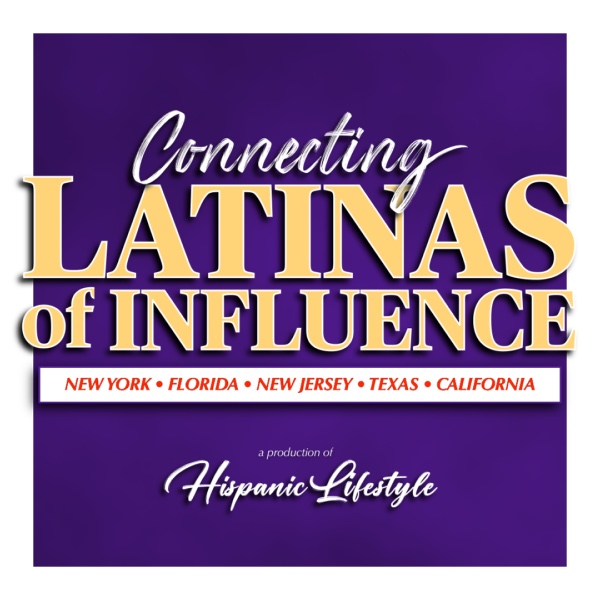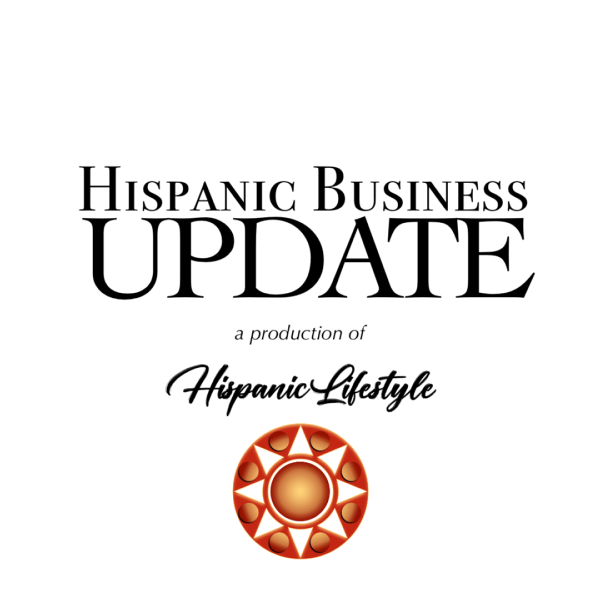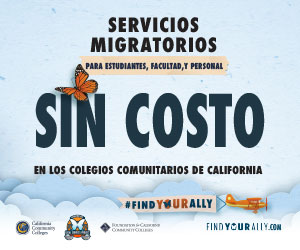
Health Update | Sacramento County’s Fight to Control COVID-19
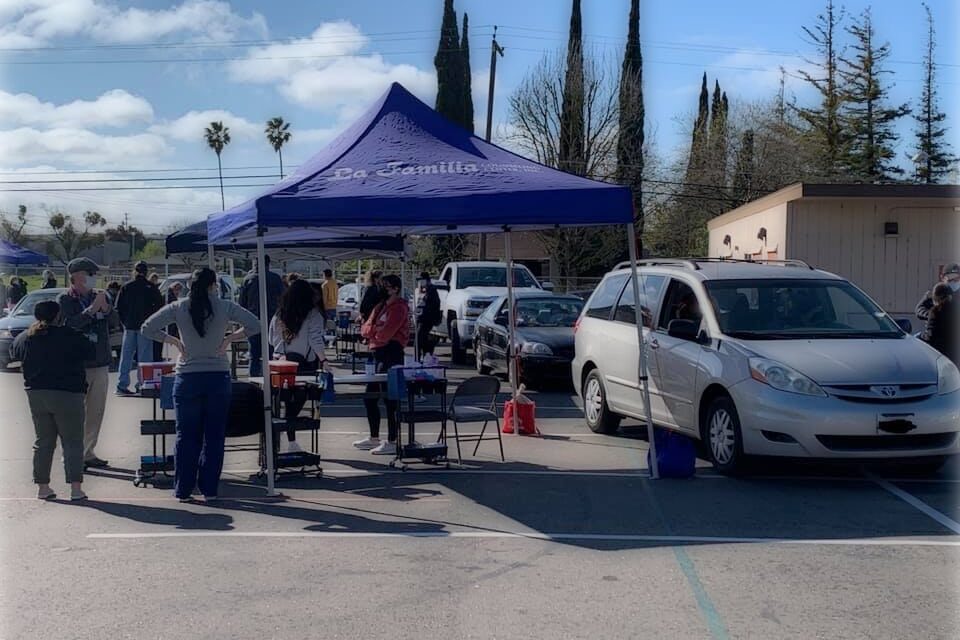
SACRAMENTO COUNTY’S FIGHT TO CONTROL COVID-19 AN OVERVIEW BY HEALTH CARE EXPERTS AND REPORTS FROM THE FRONTLINES
By Gabriela Sandoval, Hispanic Lifestyle
I cannot believe that it has been a full year since the start of the pandemic. It has definitely changed the way we live our lives and the way we look towards the future. So what have people learned from this year long COVID pandemic? What communities have been impacted the most?
We know that the pandemic affected everyone not just in the United States but all over the world. Some of the most affected by COVID are from vulnerable communities that includes, Native Americans and Latinos.
According to Britta Guerrero, CEO at Sacramento Native American Health Center (SNAHC) they have been working hard with other community partners to bring health services to the underserved communities in the area of Sacramento. Many of their patients suffers from health disparities and have seen high rates of COVID cases, high rates of hospitalizations and high rates of death due to limited access. Many of their patients are essential workers, people who are dealing with increased poverty and living in multigenerational families that are unable to socially distance from one another.
In order to help meet the needs of this community they used an 1115 waiver that allowed federal facilities to bill for Telehealth type services in order to keep people safe at home. About 80% of the visits were conducted by phone or video.This allowed for more people to access the needed services and they saw an increase in appointments. Mrs. Guerrero stated that they saw 106% capacity in patients suffering from depression, anxiety and other stressor related to COVID that included isolation and stressors of kids having to be homeschooled. They focused on bringing group supports online. More importantly they helped bring vaccines to South Sacramento and into low income communities. They were given the ok to vaccinate Native elders 65 and older but saw small numbers of elders accessing services. In order to protect that community they started to vaccinate all Native Americans 18 years and older. Young people showed a sense of responsibly to protect their elders and were quick to get vaccinated. They made it so that patients 50 and older could get the COVID vaccine and communities members 65 and older could also have access to the vaccine.
The long term concern Ms. Guerrero stated, is the unknown, especially surrounding young kids who have been disconnected from school through distance learning. Those who are suffering the loss of family members and isolation. It’s hard to know at this time what the trauma they experienced will be in the future.
The Latino community has also been heavily impacted by the COVID-19 pandemic. Ms. Rachel R. Rios Executive Director, La Familia Counseling Center saw the impact first hand with the positive COVID cases and deaths in the Latino Community. During the pandemic they have worked with the Latino community to assist them in gaining access to Telehealth services for mental health and provided digital devices to assist people with applying for things like unemployment services. They saw an increase in stressors surrounding children which included an increase in domestic violence and child abuse concerns. So keeping their doors open and providing services became their priority.
Ms. Rios stated that the disparities have existed a long time and this pandemic manifested these issues further. What surprised her the most was the lack of attention that was given to these disparities surrounding the Latino community. It seemed that no one paid attention to the increase rate of infections happening with Latinos. Had someone paid attention and been more proactive the outcome could have been different.
Comments made were that Latinos are gathering but data showed that Latinos are essential workers, they are the backbone of our economy in California. Latinos didn’t have the opportunity to telework they had to show up for work or they would lose their jobs. Many of these individuals are part of the agriculture community and thanks to their hard work there was not a food shortage and this was a community that was largely ignored.
In providing services, La Familia Counseling Center also had to become advocates to the Latino community. They advocated for getting a Spanish speaking COVID testing site in these communities so people could feel comfortable in providing information and getting tested without fear of it affecting their immigration status.
The hope for Ms. Rios and many of us that care about the Latino community is that the narrative around immigrants will change. That these individuals will be seen for the value they provide through their hard work and keeping our economy together.
This pandemic has shown us that public health is underfunded but the real issues is the lack of health equity in underserved minority communities. It seems we should all share in the responsibility of caring about having safe and healthy communities.


